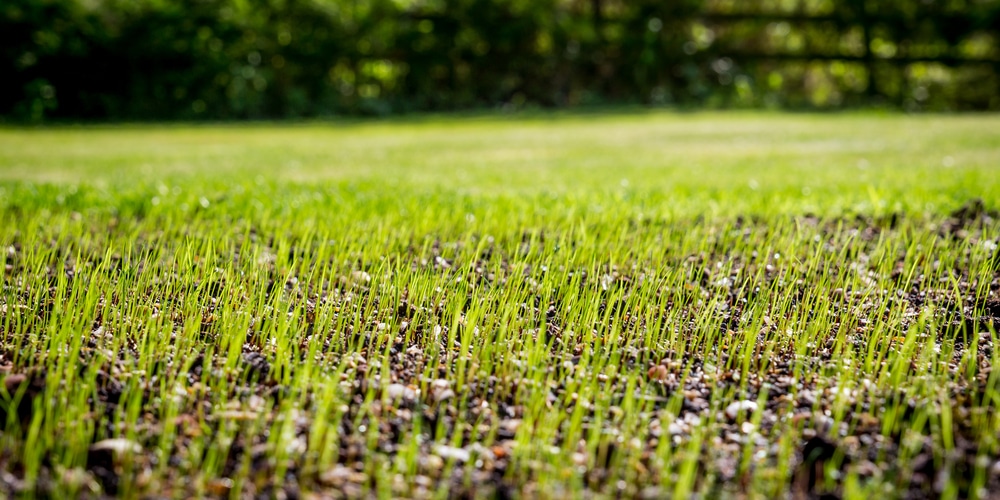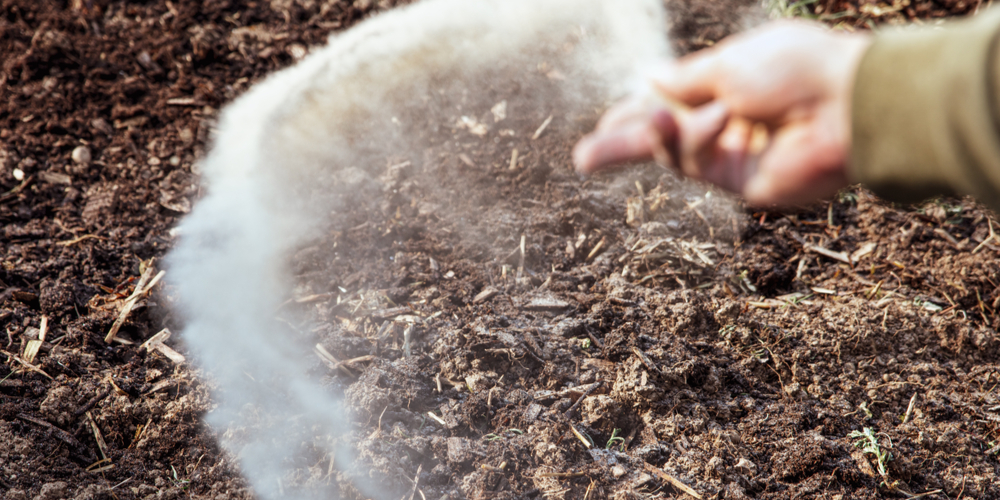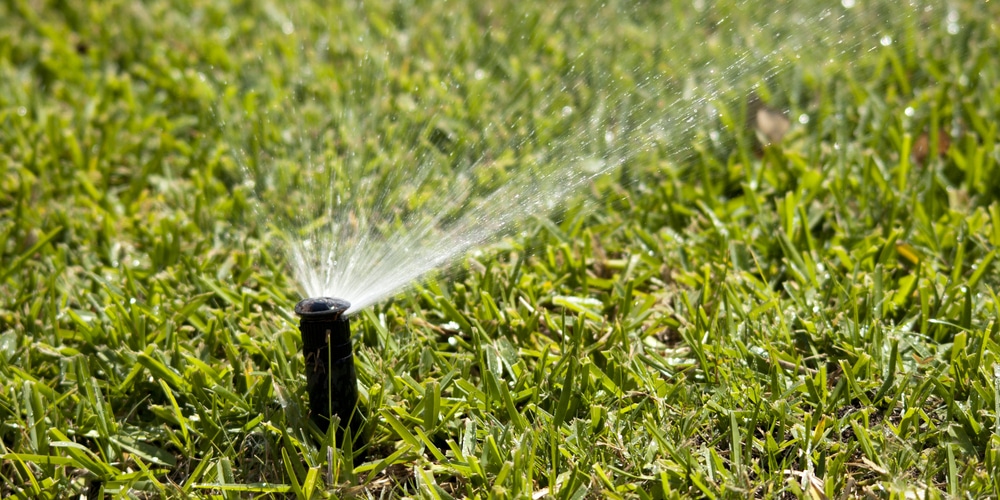Sand, on paper, seems like a good grass medium because it drains well and allows the roots to breathe. However, it may not be enough for your grass to thrive.
To try and solve this you may be thinking of adding other material into the mix, which leads to the question, ‘can you put dirt over sand and grow grass?’
The answer is yes, you can and it will improve your growing media significantly when growing a grass lawn. Here’s a quick guide on how you can make it happen.
Can You Put Dirt Over Sand and Grow Grass?
Technically speaking, you can’t just put regular dirt over a sandy patch in your house, sow the seeds and call it a day- you will need to choose the right soil mix, incorporate it into the ground and then scatter the grass seed.
Sand and gravel does sound conducive for grass growth, but the truth is that they won’t last very long. Typically, most grass species will want to sit in constantly moist and fertile soil in order to grow lush and thrive, and sand won’t be able to meet those requirements by itself.
Watering in a pure sand medium equals more frequent watering and fertilizing. Moisture quickly dries out, and you probably won’t be able to water or fertilize as often as you’d like. Grass quality will suffer and they’re likely to wither and die out in the end.
Amending sand with topsoil is the best way to grow grass on sand. Ideally, you’ll want to have around 4 to 6 inches of new topsoil so the grass roots can establish themselves and get the moisture they need to flourish. Furthermore, topsoil tends to retain nutrients for longer compared to sand.
Can I Put Grass Seed on Sand?
You can seed grass on a sandy ground but they likely won’t germinate or grow into a mature plant.
Grass seeds need a constantly-moist soil in order to germinate. If the seeds dry out even in just a day, they have a higher risk of ‘dying out’. Other seeds might germinate but then the resulting lawn will be uneven and patchy.
So the answer is that putting grass seeds on sand is not recommended because you’ll be wasting time and seeds. Sand drains out water too well for conducive grass seed germination, which means you will need to water it not just once, but twice or even three or four times in the course of a day. Plus, all the seeds won’t germinate and your idea of a full green lawn will not come to fruition.
How Do You Grow Grass in Sand?
The best way to grow a lawn is to mix in sand with organic materials such as topsoil and make it conducive for grass growth.
The best kind of topsoil is one that has a good amount of organic matter and nutrients. Some will say that 2 inches of topsoil is enough but that’s only good for sprouting the new grass. As it goes towards maturity you’ll find your grass dying out because the roots won’t be as well-established.
To grow grass over sand and topsoil successfully you’ll need to clear out the land and prepare it beforehand. Remove all weeds and rocks by scanning the area and applying an herbicide. Let the herbicide sit for about 4 weeks, then toil the existing soil and amend with organic material and fertilizer.
You should do your research and find out the grass species you want for your lawn. Generally, there are two kinds of grass- warm season and cool season grass and they come in sod or seed form.
Application of seed and maintenance is just as important as choosing the kind of soil mix for your lawn. After sowing the seeds, it’s recommended that you spread grass clippings or chopped straw to retain moisture. During the seed stage, keep the medium moist so the seeds have a higher chance to germinate.
Can You Put Dirt Over Sand And Grow Grass?: Final thoughts
It’s recommended that you water your new grass every day until it becomes well-established. Afterwards, you’ll only need to water your lawn every 3 days or so. Amend with compost and fertilize once a month during the growing season for the best results.


